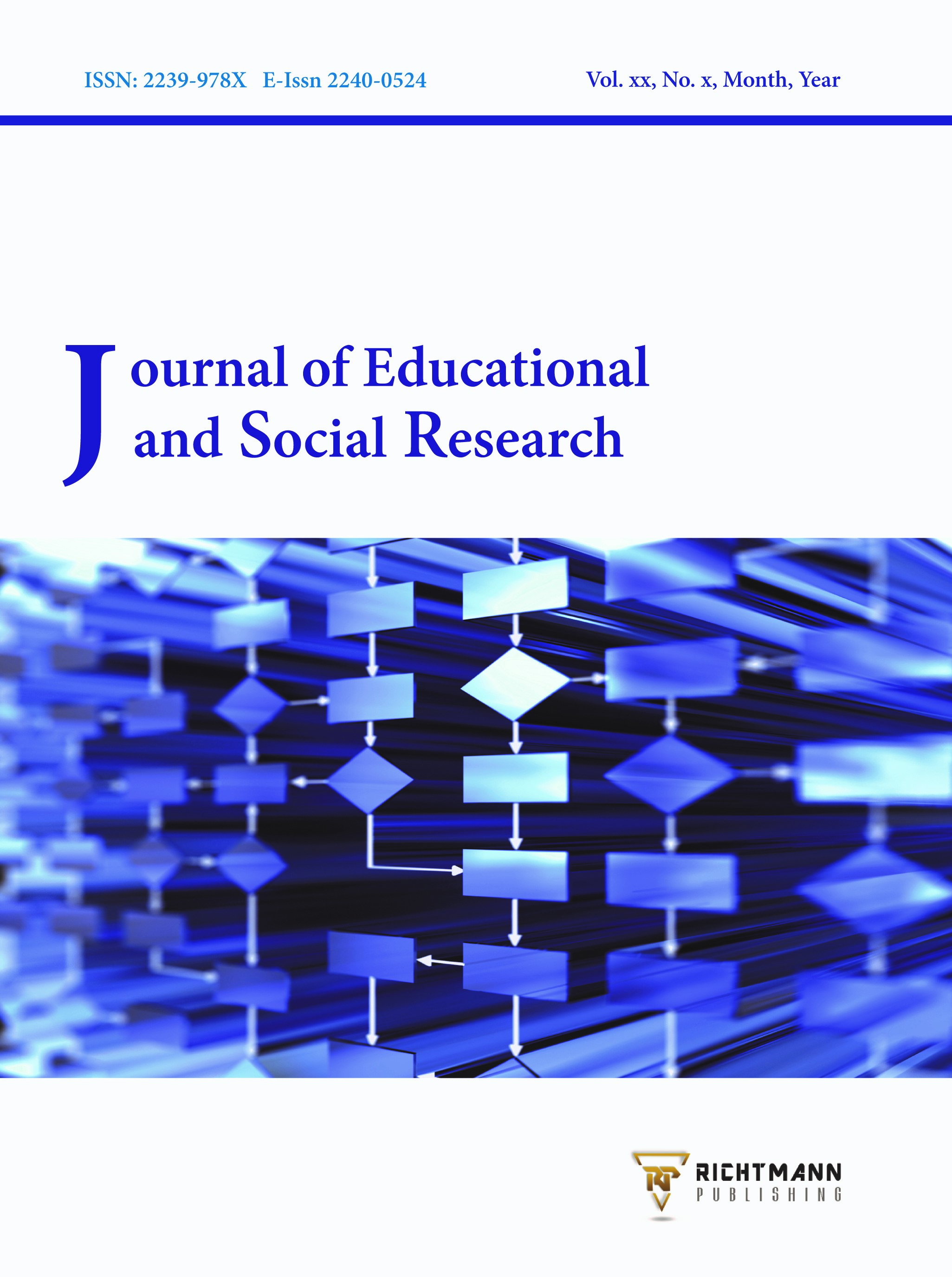Gadgets and Connectivity - A Trend in New Normal: Saving Education System during Pandemic
DOI:
https://doi.org/10.36941/jesr-2023-0024Keywords:
Technology, Internet Connection, Science Curriculum, Marine Resources, Junior High School (JHS)Abstract
This study aims to determine the effectiveness of technology and connectivity in teaching Science, precisely focused on local marine resources in the Visayan Seas, such as vertebrates, fishes, amphibians, reptiles, and mammals. This study used descriptive and inferential statistics, interviews, observation, and focus group discussion (FGD). This study's respondents were Junior High School students in the Philippines enrolled in Academic Year 2019-2020. Before implementing the control group activity, the mean scores were 13.14, described as "Average." In contrast, the experimental group has a mean score of 11.71, described as "Below Average." The control and experimental groups' mean score was 25.89 and 27.68, respectively, and were defined as "Excellent" during the posttest. Both groups' results showed no significant difference because competing at the top is critical to the learners. Through different websites, learners can collect resources and help them understand the local marine biodiversity's current situation. Thus, gadgets and connectivity have a significant impact on learning. These were further verified in n qualitative designs; learners exposed to websites helped them learn about marine resources in Estancia and the Visayan Sea. Technology and connectivity also increase the respondents' interest in becoming warriors to protect and preserve marine biodiversity for the next generation. No Wi-Fi or internet connection is available in NIPSC- West Campus; students must commute to the Main Library or spend personal money buying a load. This study recommends providing internet connection on all NIPSC campuses because of its effectiveness in teaching-learning. The result also calls for the national government to connect all basic education institutions in the entire archipelago because it can enhance teaching and learning.
Received: 27 August 2022 / Accepted: 18 November 2022 / Published: 5 January 2023
Downloads
Downloads
Published
Issue
Section
License

This work is licensed under a Creative Commons Attribution-NonCommercial 4.0 International License.
This work is licensed under a Creative Commons Attribution-NonCommercial 4.0 International License.









